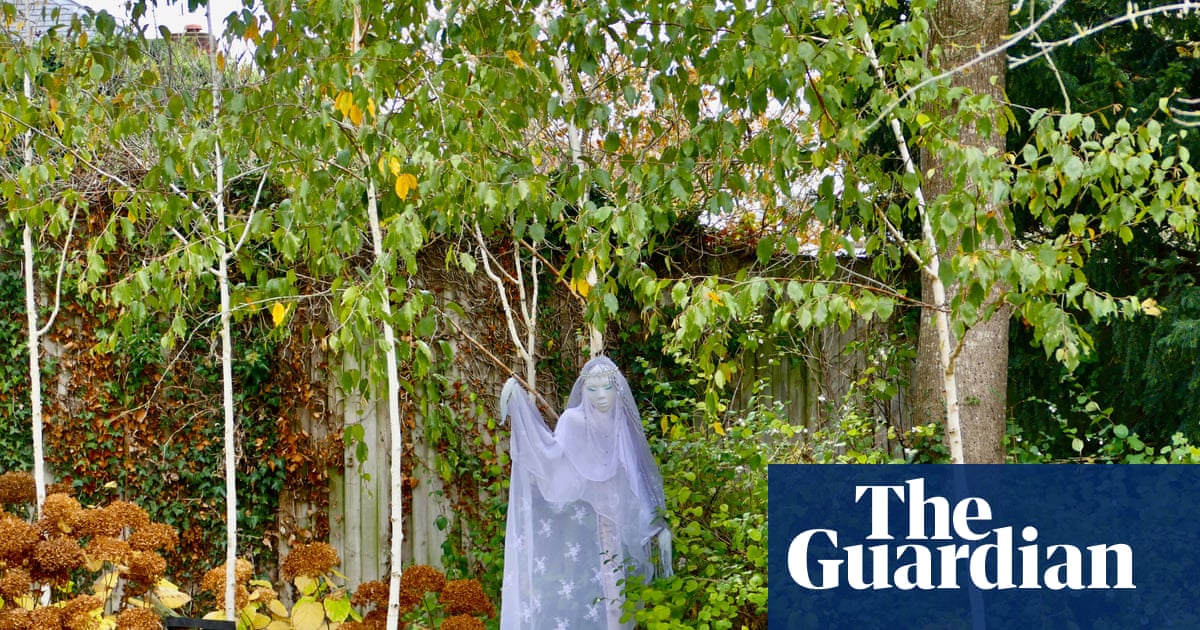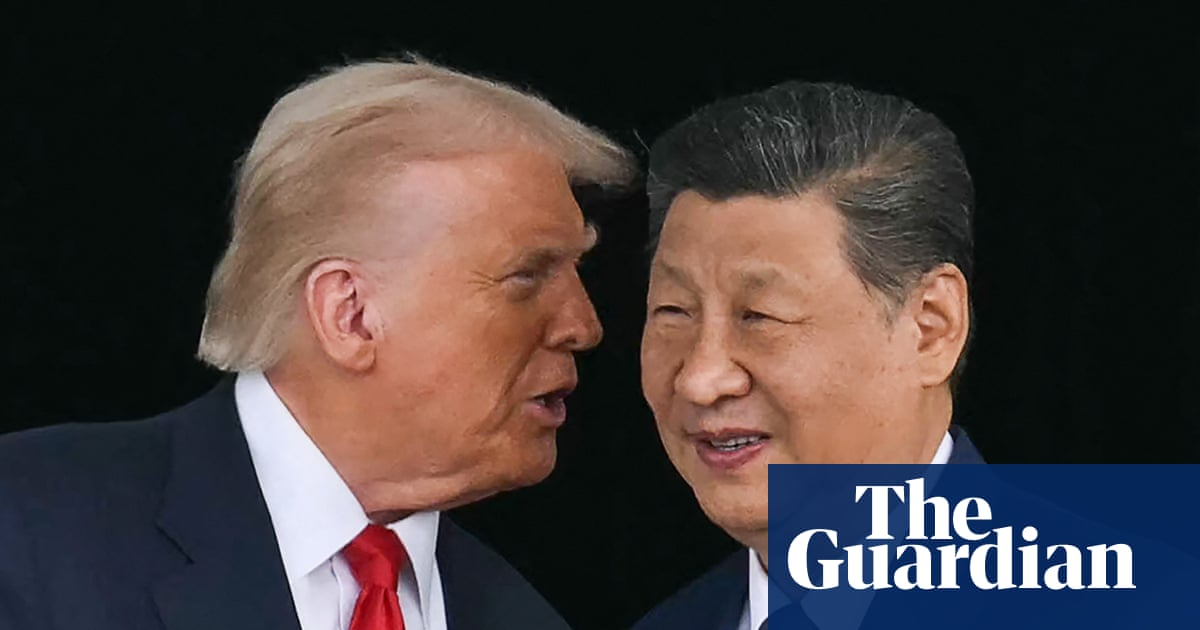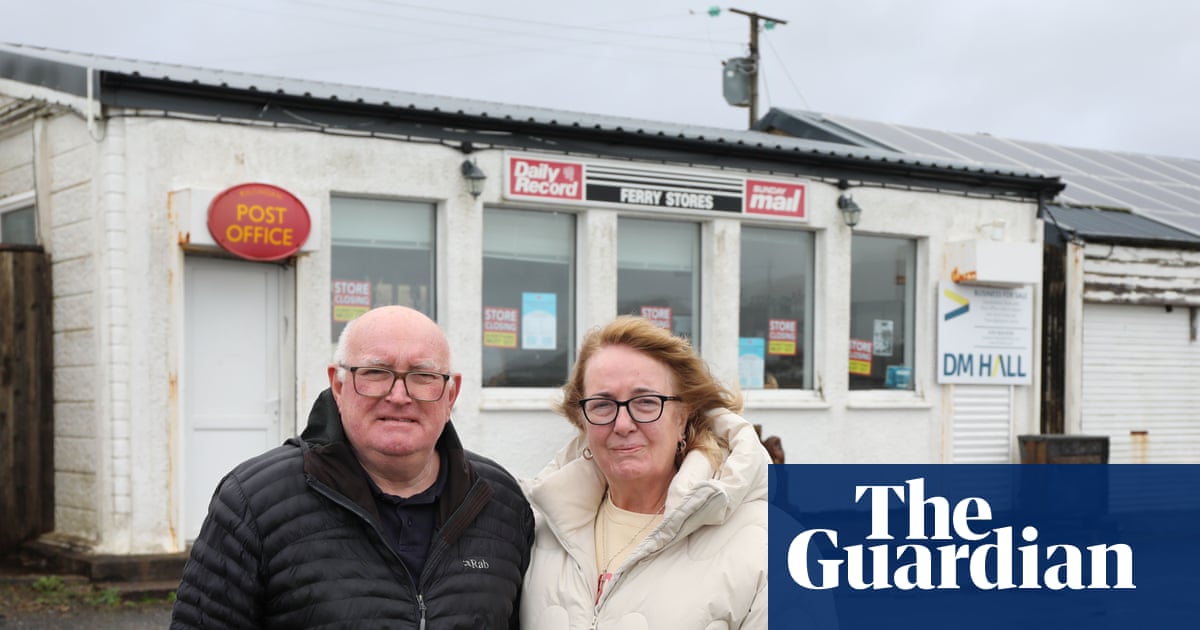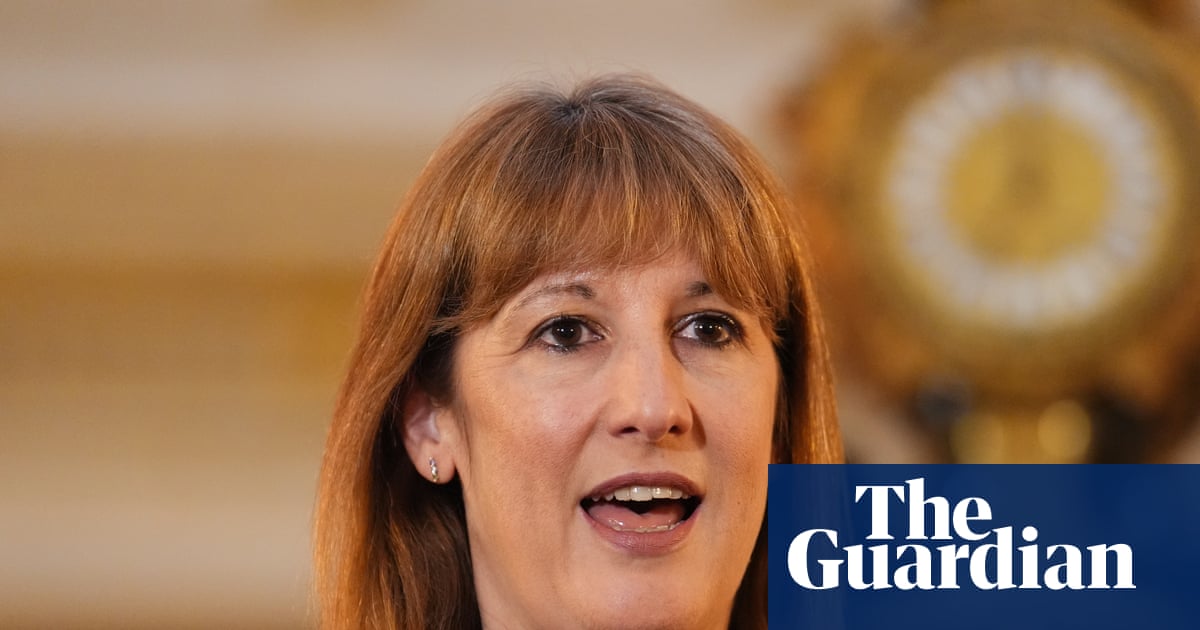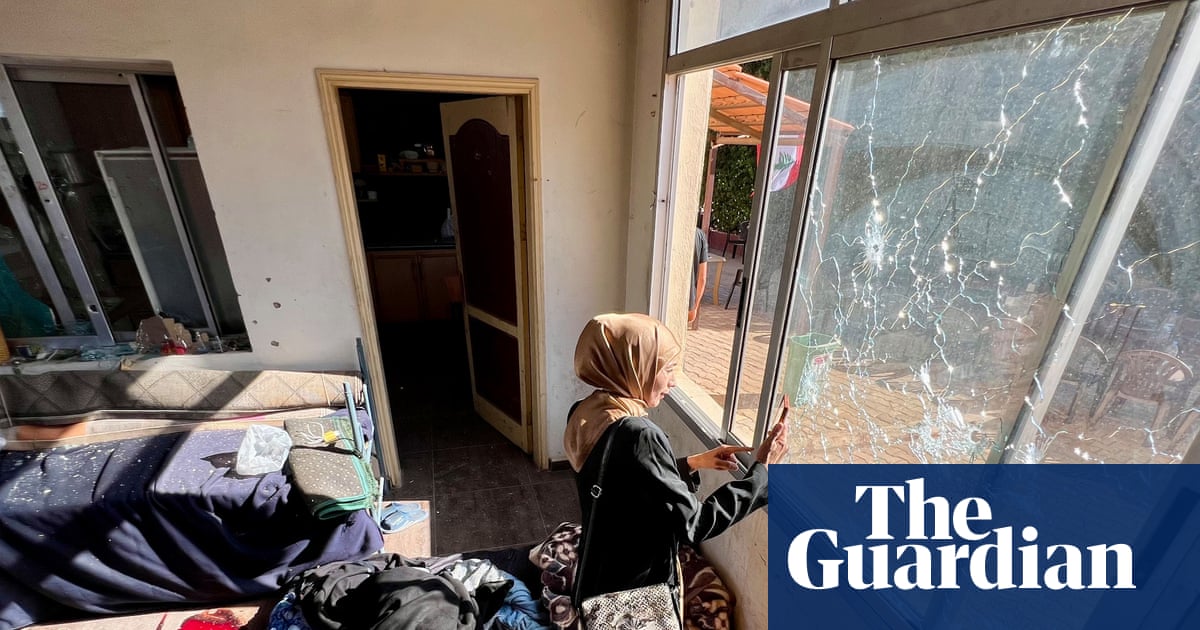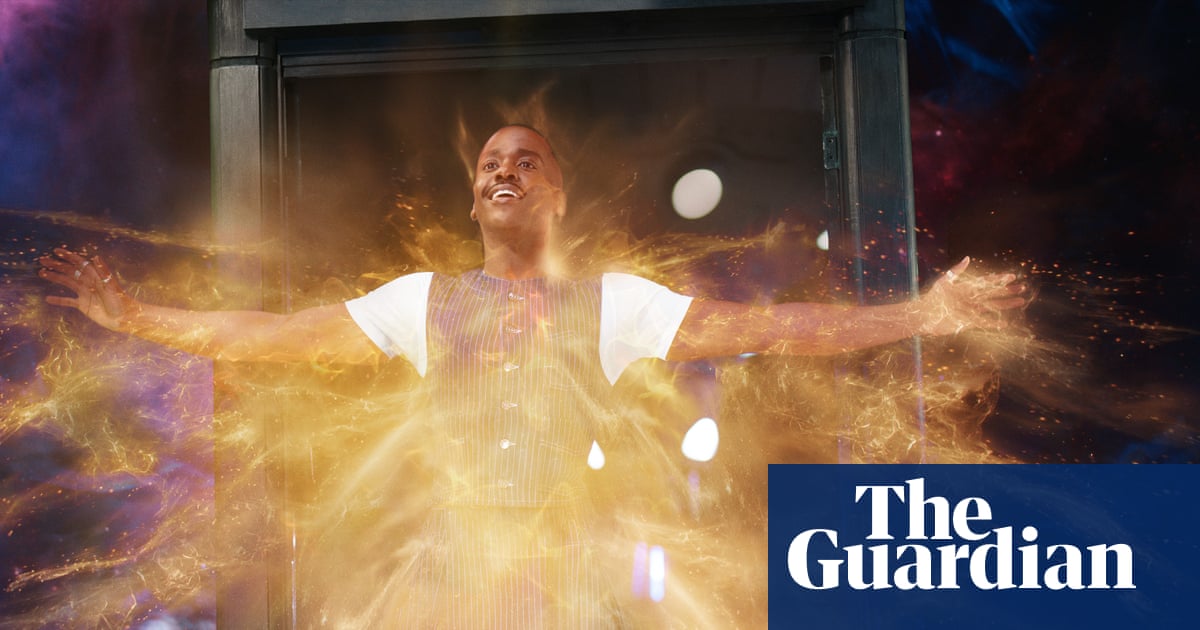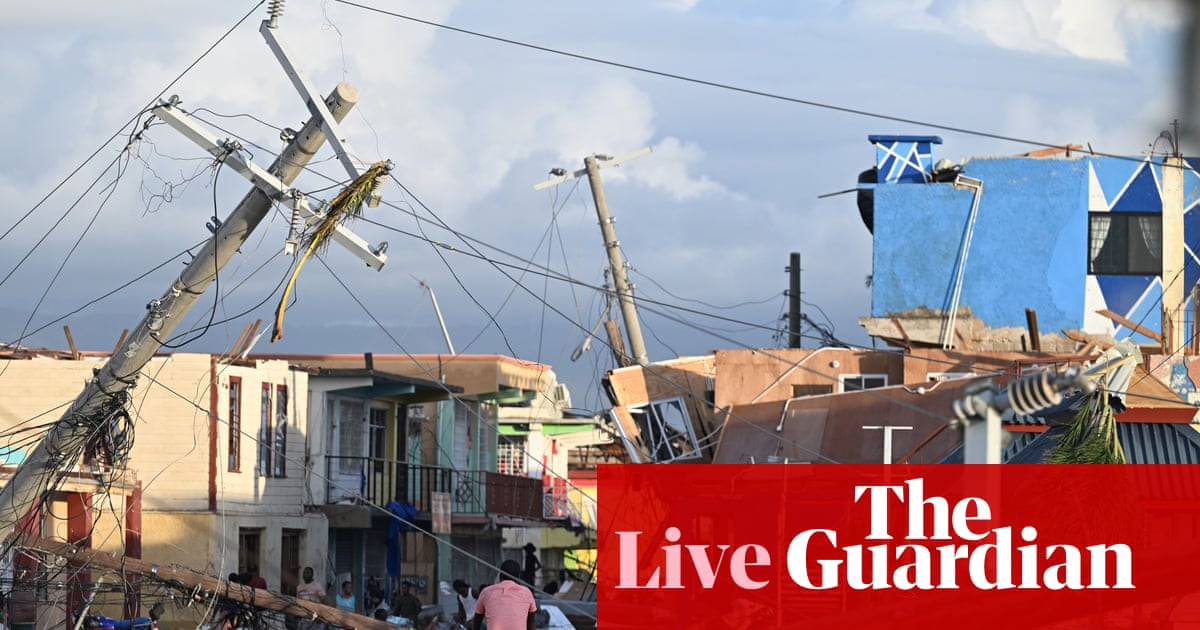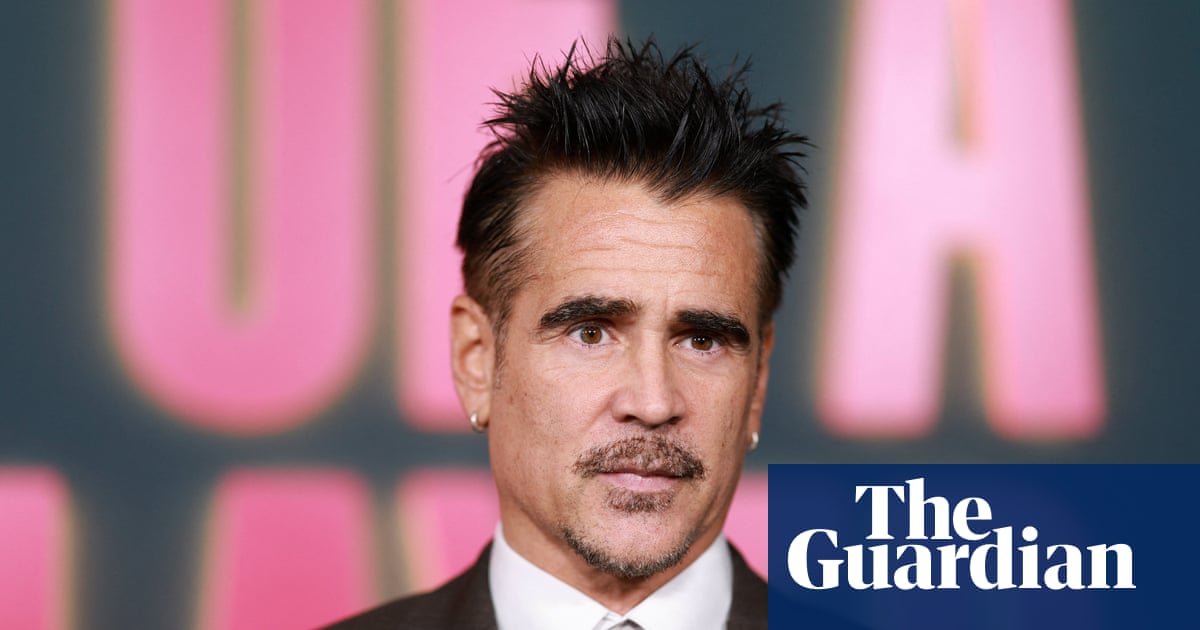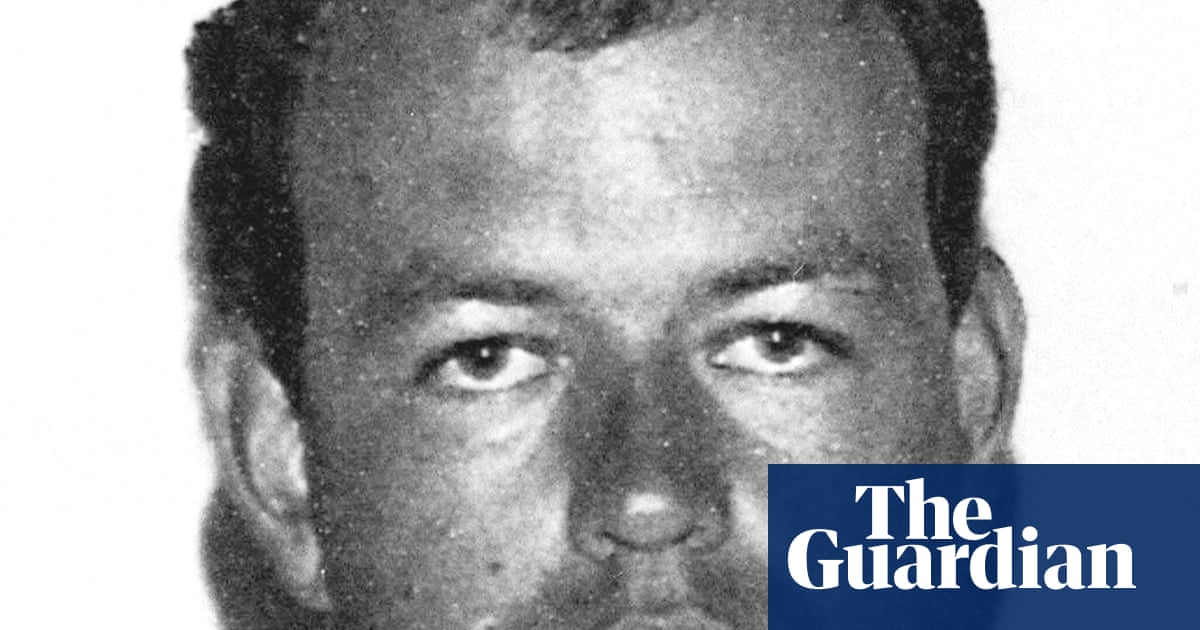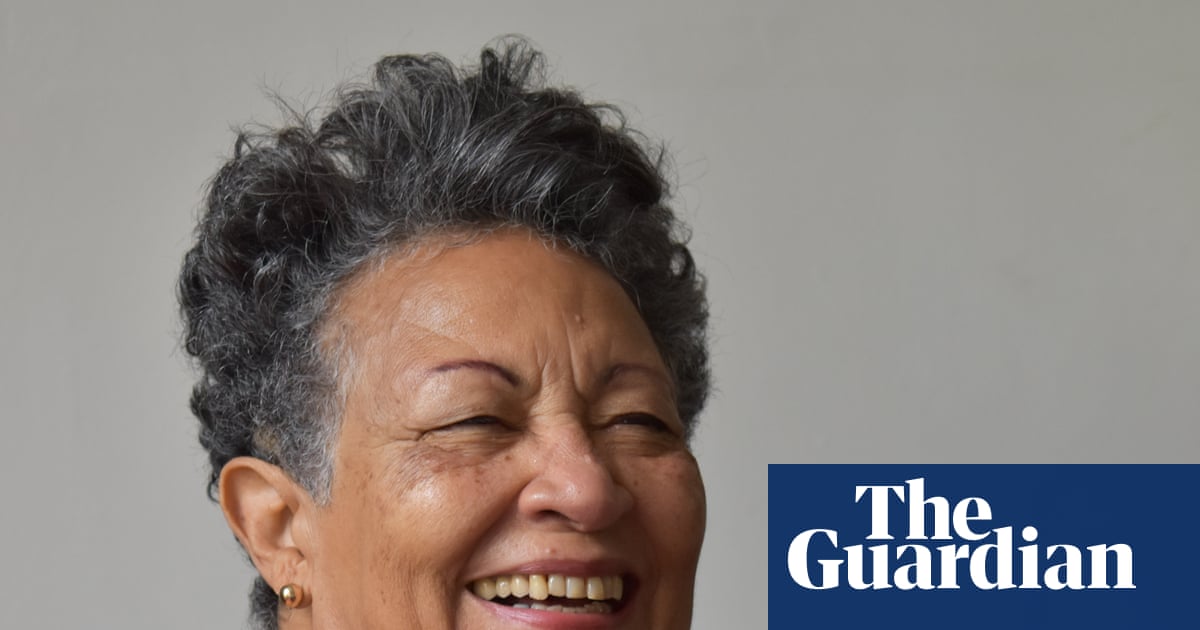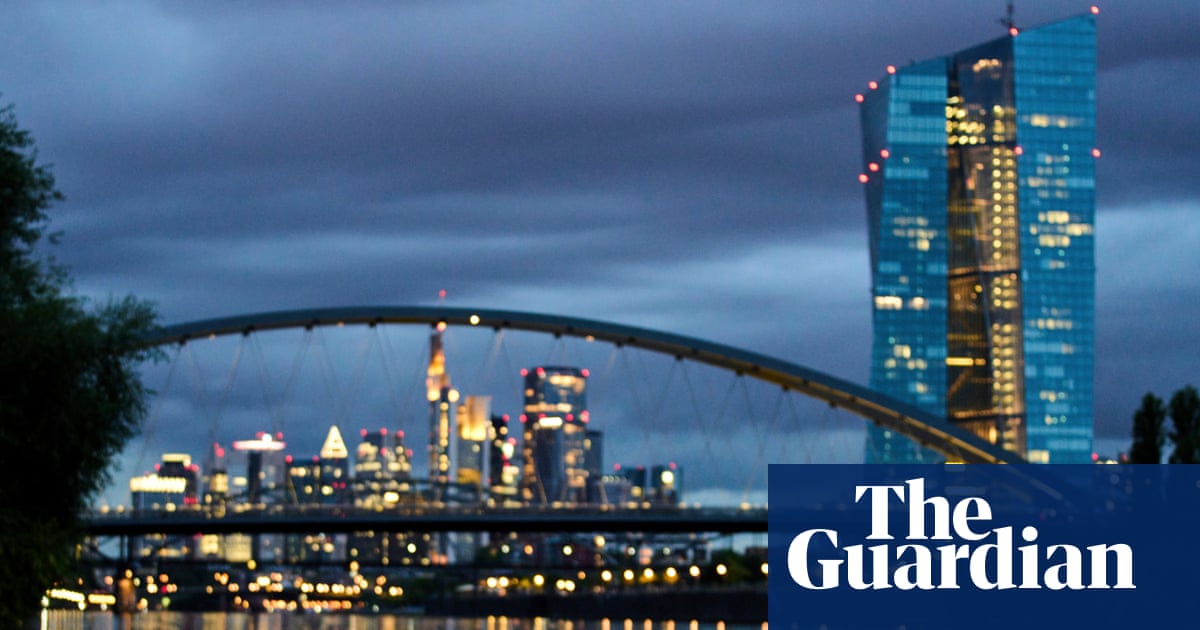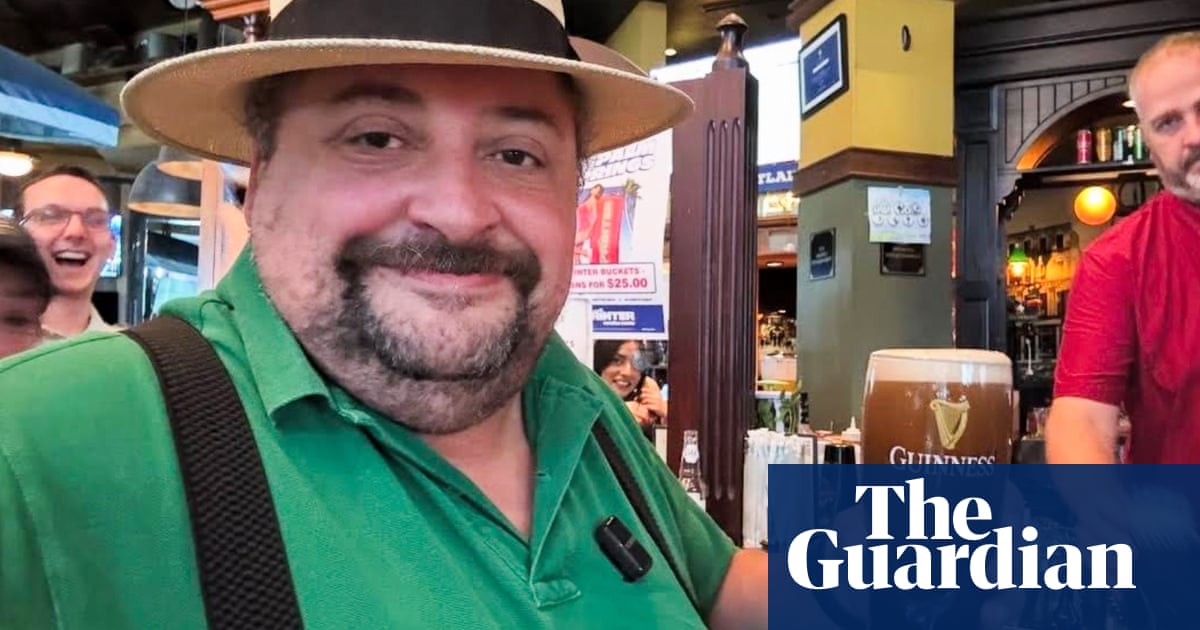Israel’s recent airstrikes in Gaza, which have killed more than 100 people, show just how fragile this arrangement truly is. This is not the first violation since it came into effect on 10 October, but rather one of many over past weeks – showcasing that without stronger enforcement mechanisms and determined planning this is a ceasefire in name only.
According to Israel, this round of violence resulted from Hamas fire against IDF forces in Rafah, an area still under Israeli control, resulting in the death of an IDF reservist. Hamas has denied involvement. Israel responded with additional strikes on Gaza City and Khan Younis. With each side interpreting violations to suit its own interests, the ceasefire’s vague structure leaves a wide margin for miscalculation and opportunism.
The ceasefire was introduced within the framework of Donald Trump’s 20-point plan for ending the war. Indeed, ending the war has been celebrated as an important step forward that has seen Israeli forces partially pull back, and hostages and prisoners exchanged. However, the main problem is that the plan remains largely undeveloped. It offers no clear timeline, verification process or credible means of enforcement.
Moreover, few details of the second phase of the ceasefire – which should include a complete Israeli withdrawal, the formation of a technocratic administration in Gaza and the deployment of an international stabilisation mission – have yet been agreed. With no clear sequencing or third-party oversight, the plan risks entrenching instability rather than resolving it.
Israel has made clear that it will not move to this next stage until Hamas returns the remains of deceased hostages, a condition Hamas has struggled to fulfil. Hamas, for its part, accuses Israel of using the hostage issue as an excuse to maintain military control. Meanwhile, with Gaza’s infrastructure in ruins, the humanitarian situation continues to deteriorate and essential services are collapsing. The population, already traumatised from two years of war, faces acute shortages of food, water and medicine, while aid convoys remain subject to political bargaining and intermittent blockages.
Beyond Gaza, violence continues to spread across the West Bank, where over the past few days clashes have intensified between Israeli forces and settlers, and Palestinians. This parallel escalation, enabled if not encouraged by Israel’s rightwing government, draws further attention to the limited scope of the current ceasefire and shows just how easily the conflict could expand again.
The Trump administration has attempted to sustain the truce through high-level visits from Jared Kushner, Steve Witkoff, JD Vance and Marco Rubio. It has also deployed 200 troops to a monitoring centre and continues to exert pressure on both parties. While this engagement has been positive and demonstrates American intent, it is on its own insufficient to prevent renewed cycles of conflict. Ultimately, the administration’s statements continue to urge restraint but offer little in the way of accountability. The newly established monitoring centre lacks authority to verify or enforce compliance. Egypt and Qatar continue their mediation roles, but their influence is waning amid this uncertainty.
What exists today is not a meaningful peace plan, but a temporary holding pattern through which both sides prepare for the next confrontation. Without mechanisms to prevent violations or impose consequences, the truce remains vulnerable to collapse from any single provocation. Each exchange of fire, each disputed body return and each unverified accusation deepens mistrust and further limits the possibility of compromise or needed discussions on the second phase of the plan.
The fundamental flaws in Trump’s plan are clear, and it should be understood as one that treats symptoms rather than fixing the root problems. Gaza is still very much politically divided, economically devastated and socially wounded. Israel, which is still in a strong military position, sees the ceasefire as a tactical halt rather than a meaningful change in its strategy.
For the ceasefire to evolve into a sustainable framework, it must be reinforced internationally, not just through US pressure and the vague contours of Trump’s 20 points. Regional and international actors must put in place independent monitoring, clear timelines for reconstruction and withdrawal and binding guarantees for security and humanitarian access. Without these elements, the situation will lurch between cycles of calm and violence, eventually giving way to another round of war.
-
Sanam Vakil is a senior research fellow in the Middle East and North Africa programme at Chatham House
-
Do you have an opinion on the issues raised in this article? If you would like to submit a response of up to 300 words by email to be considered for publication in our letters section, please click here.

 4 hours ago
4
4 hours ago
4


